Narcissistic personality disorder (NPD) not only affects the life of the sufferer but also impacts the lives of other people around them in unpleasant ways. Narcissistic people often struggle with their careers, relationships, and mental health issues. However, Narcissistic personality disorder can be treated to help the person with NPD live a normal healthy life.
“The greater our own level of narcissism, the more we detest it in others.” – Steve Maraboli
10 Stages in the Treatment of Narcissistic Personality Disorder
Narcissists can slowly change, with appropriate therapy and a lot of effort.
By Dr. Elinor Greenberg
The internet is full of sites by non-mental health professionals that say that narcissistic personality disorder cannot be treated. They also say that narcissists are master manipulators who can fool even experienced psychotherapists and what appears to progress is just a temporary behavior change. Or, else they claim that narcissists twist the truth and somehow manage to convince experienced psychotherapists that they are blameless and the real problem is someone else.
I would like to set the record straight: None of the above is true. There are effective treatments for narcissistic personality disorder. Change is difficult but possible. Everyone has the capacity to grow and evolve and this includes people with NPD.
Note: In this article, I am using the terms “narcissist,” “narcissistic,” and “NPD” as shorthand to describe people who qualify for a diagnosis of narcissistic personality disorder.
So why do so many people believe that NPD cannot be treated by psychotherapy?
There are three basic reasons that we do not hear about the successful treatment of narcissistic personality disorder:
- There are very few psychotherapy training institutes that focus on teaching the diagnosis and treatment of NPD. Most psychotherapy training programs are designed to turn out general practitioners, not specialists.
- This is a difficult, expensive, and time-consuming specialty to learn properly. At least three years of advanced training are necessary to become competent in this area.
- Most narcissists avoid psychotherapy or quit prematurely when they feel threatened or uncomfortable.
In summary: There are not enough psychotherapists available who are properly trained in the diagnosis and treatment of narcissistic personality disorder. Not many people with NPD actually want psychotherapy. And many who do want psychotherapy, do not realize that their underlying problem is narcissism. Their ignorance about the real nature of their issues leads them to choose the wrong type of therapist. This means that the majority of narcissists who enter therapy end up with psychotherapists who may not recognize that they have a narcissistic personality disorder, or if they do, they have no idea how to treat narcissistic issues.
Further adding to the difficulty, most narcissists quit therapy prematurely, even when they have a good therapist. This is usually because they find self-reflection incredibly painful. It involves dropping their defenses and facing their own underlying shame and low self-esteem.
“Narcissus does not fall in love with his reflection because it is beautiful, but because it is his. If it were his beauty that enthralled him, he would be set free in a few years by its fading.” – W.H. Auden
What is the therapy of narcissistic personality disorder actually like?
All psychotherapy takes longer than most clients expect. There is no ten-session cure for complex problems. Full psychotherapy of NPD generally takes at least 5-10 years. It is a long, slow, and complex process. It proceeds in stages. Clients can stop at any point. How far they get in therapy depends on how many stages they complete and how impaired they were, to begin with. High functioning narcissists who are self-reflective and cope with most parts of their life well are likely to do better in therapy than lower functioning narcissists who are unable to keep a job and have no friends.
The 10 Stages of Therapy for Narcissistic Disorders
Here is a very abbreviated look at the process. In reality, it may not be this neat or linear. And, please keep in mind, that different forms of therapy for NPD exist, and each may see the therapy process somewhat differently than I do. I am describing what my experience treating people with NPD for over 40 years has taught me.
Stage 1: Symptom Relief or Appeasement.
Most clients with NPD do not enter therapy in order to reflect or change. They usually come to get relief from unpleasant feelings and symptoms or to please someone important to them. Some leave as soon as they feel better or the person is appeased.
Stage 2: Avoid Future Pain.
Some clients with NPD find therapy more interesting than they expected. If they are at all capable of self-reflection, they may continue long enough to understand their triggers and develop a plan that will help them avoid future pain. It is still all about them at this stage without any desire to understand or change their impact on other people. It is about understanding other people’s impact on them.
Stage 3: Identify their Coping Mechanisms.
In this stage, I am helping people understand and identify their primary defense patterns. It may involve looking at their childhood situation and how they learned to cope with it. This is still fairly easy because it can be explored (in many cases) without them feeling judged.
“I thought narcissism was about self-love till someone told me there is a flip side to it… It is unrequited self-love.” – Emily Levine
Stage 4: Create New Coping Mechanisms.
Now that the person knows what they do and why they do it, the old narcissistic strategies do not simply disappear. If you are holding on to the edge of a cliff with both hands, so as not to fall, you do not just let go because your climbing technique is inefficient or painful. So, we start discussing other ways that they can meet their needs that are more constructive. Eventually, they will identify new methods.
Stage 5: Form New Habits.
Most narcissistic coping mechanisms can be viewed as habits that are encoded in the brain through neuronal connections. The basic goal now is two-fold: (1) Inhibit the old, automatic narcissistic habits and (2) Substitute the new, more desirable patterns.
If this is done a few hundred times, the new method eventually gets encoded in the brain. The older narcissistic pattern of neuronal connections weakens through lack of use, and now the new coping mechanisms become the automatic default pattern.
If you would like to know more about what happens at the neuronal level when you try to change a habit, I suggest you check out the work of the Nobel Prize-winning biologist Gerald Edelman (1929-2014), especially his 1987 book: Neural Darwinism.
Stage 6: Impact on Other People.
Most of the time, clients with narcissistic defensive coping patterns cannot seriously consider their impact on other people until they have newer coping patterns in place. They will feel too much shame.
Their success in understanding themselves and forming new habits creates some realistic pride. This gives them less incentive to be grandiose, and more able to tolerate the idea that it might improve their life if they took other people’s needs into consideration. This is not about having more emotional empathy. We are still looking at everything through the lens of how it benefits them.
Stage 7: Focus on Childhood Pain.
At this stage, the clients are calmer and their life is generally calmer. They have learned what type of things trigger them and have developed more productive ways of coping with situations.
Now that some of their defenses against shame are less necessary, painful traumas from the past start to take center stage in the therapy. If this goes well, some healing takes place and in the process, they develop some emotional empathy for themselves as a child.
They also start to develop the capacity to form a stable, realistic, and integrated image of themselves (Whole Object Relations). This allows them to start to see other people in a more integrated way as well—neither all-good or all-bad.
“Narcissus weeps to find that his Image does not return his love.” – Mason Cooley
Stage 8: Update the Inner Voice.
Before they can develop emotional empathy for other people, most people with NPD need to empathize with themselves. Quite early in the therapy—at almost any stage—I start talking about how children automatically internalize their understanding of how their caregivers saw them, their caregivers’ ideas about right and wrong, and also their ideas about what deserves praise and blame.
I point out that we update our cell phones, our computers, and our apps, but most of us are still running our life based on inner “software” that was programmed by a very young child. I suggest that they examine how their inner guiding voice talks to them and pay attention to the following things:
- Do you like the tone of your inner voice?
- Is it sweet, loving, harsh, or scary?
- Is it fair?
- Is it a reliable guide through life?
- Does it reward you when you do well?
- Can you please it?
- Does it punish you with shame or guilt when you need to be reined in?
- Is the punishment overly harsh?
- Do you really require such harshness to get the message?
Once they are aware of the tone and content of their inner voice and understand that the way they speak to themselves can be changed, we explore what changes they might like to make.
Making the changes takes awareness and a willingness to challenge and inhibit the inner voice. Sometimes all that is needed is a firm “Stop that!” when the voice is overly harsh. Then clients practice talking to themselves in the new way that they have decided would be preferable. As with changing the coping mechanisms, this can take vigilance and many repetitions.
Note: You can usually tell how harsh someone is with themselves from listening to how harsh they are with other people. Inner harshness is proportionate to outer harshness. Blaming and judging other people is a way to redirect the harsh inner critic outward. This buys them some inner peace at other people’s expense.
Stage 9: Empathy for Other People.
Once they understand their own pain and have their harsh, devaluing inner voice more under control, they can start to look outward at other people. Generally, their first real emotional empathy for other people is evoked by someone who meets the following conditions:
- They are no threat to the narcissist.
- The other person reminds them of themselves.
- This person is being traumatized or was traumatized in a way that is very similar to what the narcissist experienced.
If all goes well, some of these clients will continue to slowly expand their capacity for emotional empathy.
Stage 10: Authenticity.
My consistent and nonjudgmental interest in them and the dropping of their defenses improve our relationship. It can be a reparative emotional experience. They feel trust that they can be authentic with me because I have seen their “bad side” and nothing terrible has happened to either of us.
They take baby steps forward and try and be more authentic with other people. If this goes well, their reliance on their old “false self” defenses diminishes and they become more spontaneous and joyful.
“Narcissistic people are always struggling with the fact that the rest of the world doesn’t revolve around them” – unknown
The above is a highly abbreviated sketch of therapy for narcissistic personality disorder. It is complex, involves many stages, and is likely to take a long time. There is a lot of ground to cover. Sometimes people do not want to do all of this, or cannot do it all. Everyone who keeps plugging away at evolving eventually improves. How much depends on their willingness to keep working on themselves.
Find Elinor’s book on amazon: Borderline, Narcissistic, and Schizoid Adaptations: The Pursuit of Love, Admiration, and Safety.
Elinor’s website is www.elinorgreenberg.com.
Here’s an interesting video that you may like:
It is difficult for people with narcissistic personality disorder to accept therapy and they usually don’t cooperate with mental health professionals during the stages of treatment. However, if you are suffering from NPD, you need to learn to work with your therapist and your loved ones if you hope to recover. Narcissism can also lead to depression and anxiety. Hence, it is crucial that you get help to treat this disorder and keep an open mind towards treatment.
It is a great idea to educate yourself about narcissistic personality disorder and keep your focus on recovery.
Written by Elinor Greenberg, Ph.D.
Originally appeared in Psychology Today
You may also like:
Therapy for Narcissistic Personality Disorder(NPD) and Narcissists
The Truth About Narcissistic Personality Disorder
Why Narcissistic Abuse Syndrome Is The Wrong Word About Your Condition
Narcissistic Personality Disorder: Who Is A Narcissist And What Makes One
Anxiety Disorders Could Be Caused By Being Exposed To Narcissistic Abuse
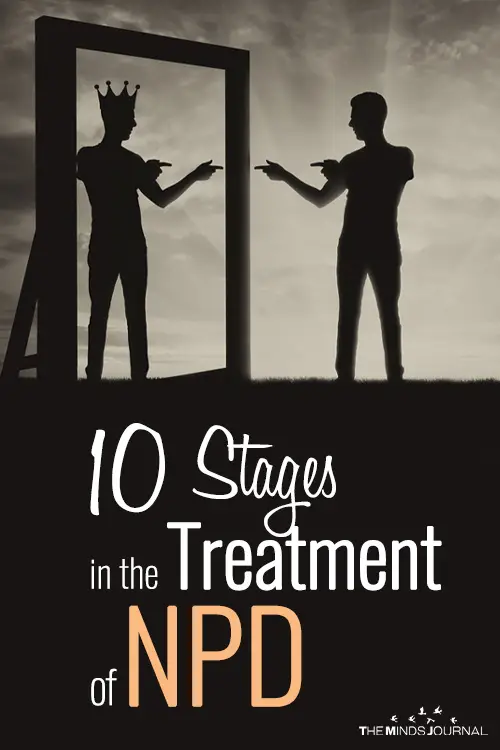
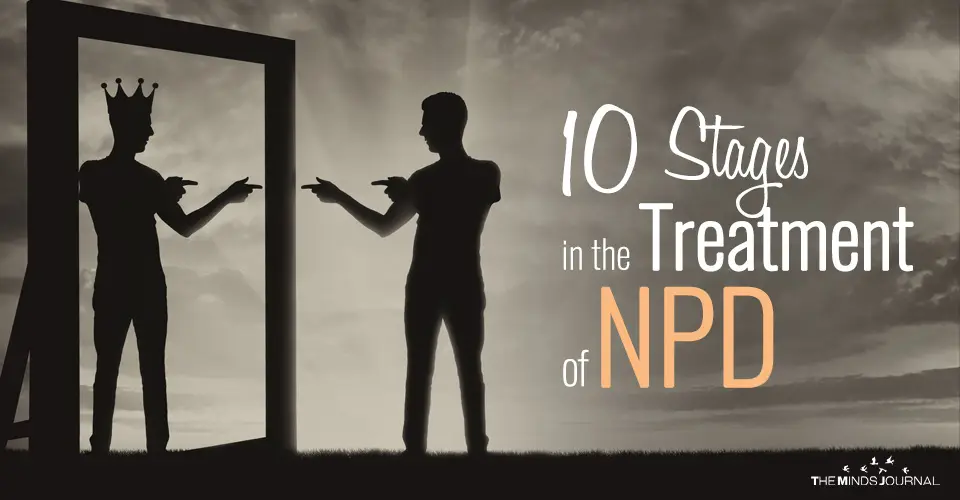

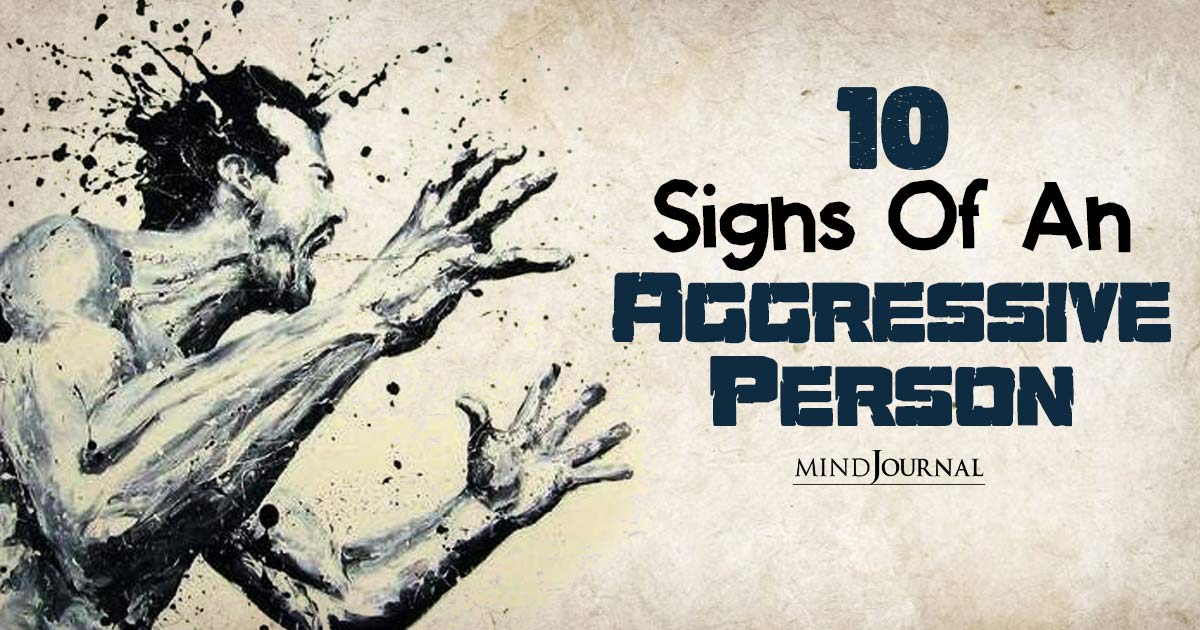
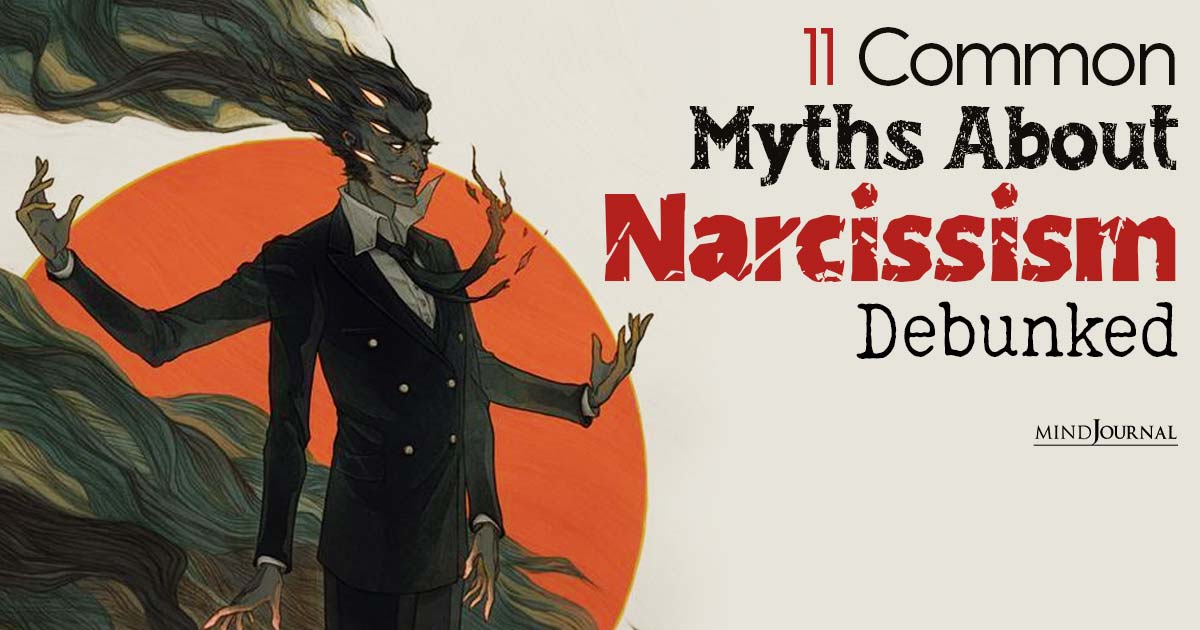



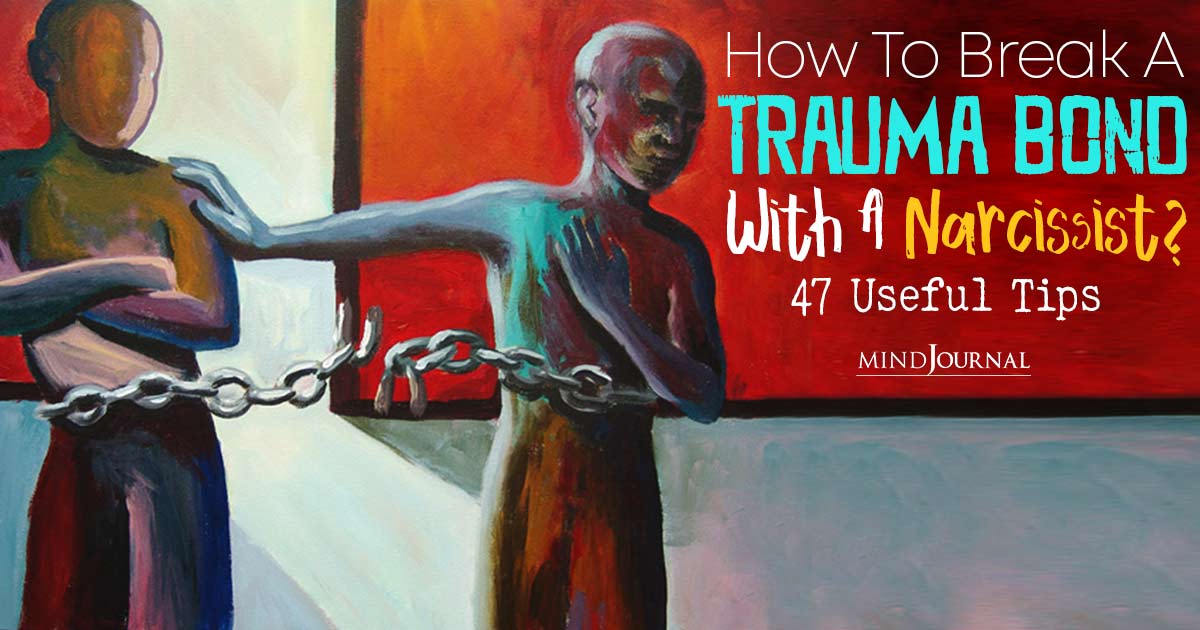
Responses
Dear Elinor,
I was wondering if there are any studies that support your experience? Ideally ones that are able to demonstrate that people diagnosed as clear and stable examples of NPD (i.e. not situationally or acutely severely narcissistic persons) by other competent professionals have been able to reach a point where (without coaching) they are able to relate as non-personality-disordered persons in a rigorous interview situation? In other words, research evidence that they have healed? And if so, what proportion of people who start this protracted treatment have attained this goal at the end?
I do not at all reject your experience (most understanding starts with experience before more objective research is undertaken) but I am sure you will agree that there are few established ways of experiencing and relating with the world that ought, in theory, to be more refractory to treatment than NPD.
With kind regards,